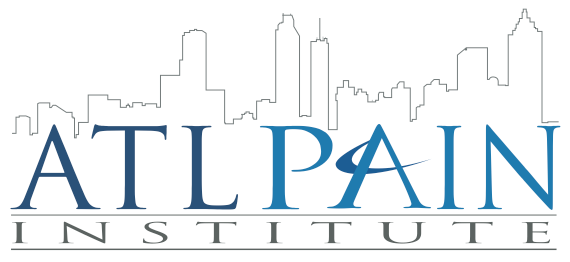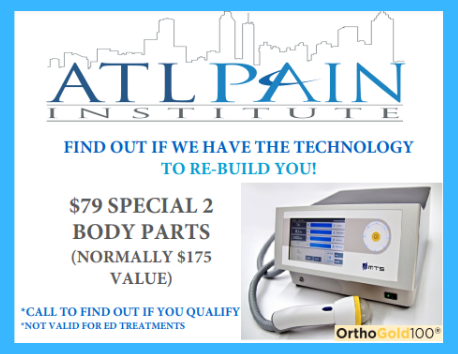
In our complex U.S. medical industry, the practice of healing has become a big business. This focus on profit makes many medical professionals rich but hasn’t always worked out well for the physical and financial wellbeing of American patients.
For example, joint replacement surgery is a highly-profitable health care practice. There are over 600,000 knee replacements done every year in the U.S. with an estimated cost of $8.3 billion per year.
Joint replacement surgery costs more in the U.S. than almost anywhere else in the world, and it’s the go-to procedure for many orthopedists across the country. Unfortunately, many doctors choose to go with the most invasive, most expensive options before exploring less invasive, less expensive options prior to joint replacement surgery.
I’ve dedicated my career to helping people recover from pain and believe the surgery-first approach to healthcare is wrong. As doctors, we take an oath to “first do no harm.” In the algorithm of health care, we should start with the least invasive treatments and with the fewest side effects.
Too often financial incentives lead to bad patient outcomes. We saw that with opioids. A national tragedy came about because pharma companies aggressively lobbied and marketed opioids like OxyContin as a non-addictive form of pain relief. Then doctors overprescribed opioids for years. The result has been a decline in U.S. life expectancy for the first time in 100 years.
Fortunately, promising new pain relief technologies developed in Europe are becoming available in America. Softwave Tissue Regeneration, also known as orthotripsy, was developed in Europe. It uses soundwaves traveling at five times the speed of sound to reduce pain and promote healing.
The Orthogold 100 Softwave Tissue Regeneration machine is built by a German company called MTS and distributed by Tissue Regeneration Technologies (TRT) from Atlanta. The FDA has classified this technology as a non-significant risk because there are minimal complications from using it.
How does it work?
The device shoots electro-hydrolic
Although the machine is just now being introduced into the U.S., the technology is not new. Urologists have used soundwaves for more than 40 years to break up kidney stones with an 85 percent success rate. The Orthogold 100 is calibrated at a lower intensity as an outpatient treatment.
I discovered this treatment after I was injured at work. I was helping a patient who was about to fall off a table when I wrenched my right shoulder and arm. I had surgery, but my wrist wouldn’t heal. It kept hurting worse to the point where I couldn’t put my right hand on patients or touch much of anything without experiencing a stabbing pain.
Then I was treated with Softwave Tissue Regeneration. After a few sessions, the pain went away, and I was able to return to work after three years.
I know from personal experience this device works, and I’ve used it to help hundreds of patients recover from injuries. In full disclosure, I’m a distributor of Orthogold100 Softwave Tissue Regeneration in the U.S. But you don’t have to take my word for it. Olympic and professional athletes use this technology to relieve painful injuries and improve performance.
Several new studies support the healing power of Orthogold100 Softwave Tissue Regeneration. “Shock wave therapy has shown potent regenerative properties in bone fractures, wounds, and ischemic myocardium (heart muscle) via activation of the innate immune receptor Toll like Receptor 3+4 (TLR3),” according to JCI Insight, a peer-reviewed journal dedicated to biomedical research. TLR3 works to stop and decrease the inflammatory process, giving the body a break to heal and repair.
It’s not surprising that the preponderance of new research on this technology is coming out of government-run medical systems such as Germany and Austria, where the incentive is for cost effectiveness, clinical effectiveness and safety. It’s no wonder that the Austrian healthcare system now utilizes this technology in all 13 of their trauma centers. Doctors there also use it on all spinal cord injury patients within 72 hours. In a small pilot study, they’ve estimated it has decreased paralysis by 50%.
In Austria and other parts of Europe, this technology has become the standard of care to treat non-healing fractures, pain and wounds. As Softwave Tissue Regeneration becomes more widely used in medical offices across the U.S., more Americans can also look forward to a future of lower cost and more effective pain relief and healing.
– Dr. Matthew DiDuro
Dr. Matthew DiDuro is Chief Medical Officer of Softwave TRT and research director of Atlanta Pain Institute. Softwave TRT is the distributor in North America of Orthogold 100 Softwave Tissue Regeneration.

